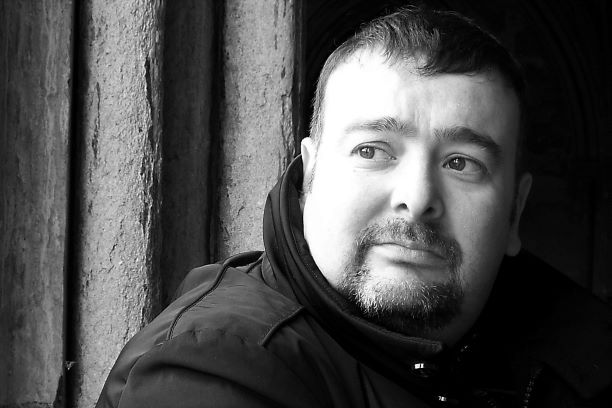Book Review
The Real CSI.
A Forensic Handbook For Crime Writers
By Kate Bendelow

Bendelow has the unusual distinction of not only being a currently serving forensic scientist with Greater Manchester Police, but she is also the author of two novels featuring CSI Maya Barton. Because of this, the handbook is very much geared towards writers.I was really impressed with this book. Although it has been around for a few years (2017), it’s still going to be pretty much up-to-date for a few more years yet, and of course a lot of things don’t change. These sort of books tend to fall into two categories – what I call ‘dippy books’, where you dip into or out of them using the extensive index to find the specific topic you want to read about, and ‘cover to cover’ books, where you sit down with a cuppa and read from the beginning to the end.Unusually this book is both. The first chapter, ‘A day in the life of a real CSI’ is a chapter to be read in one sitting. As are the next couple, ‘Dealing with death’ and ‘Crime scene preservation’. After then, the book is divided into more broad chapters with lots of subsections, such as Fingerprints, DNA, Footwear, Trace evidence, Fire scenes, Drugs and toxicology, and Firearms. You can either read the whole chapter, or home in on a subsection, such as “issues affecting fingerprint quality”.
The science is well written and detailed and aimed broadly at a general audience. Those who haven’t studied science since they were at school may find themselves Googling the odd term that they aren’t familiar with or accessing the glossary at the end, but generally speaking it’s pretty accessible.
Another advantage that this book has over some in the field, is that Bendelow is still working as a CSI, rather than looking back on a career or observing from afar. This is real boots-on-the-ground stuff and helps dispel the myths as portrayed on TV or in fiction. Obviously, as writers we are more concerned with telling a story than 100% accuracy, but it’s always best to learn what the rules are before you decide to break them.
One of the things I like about this book is that the writing is very personable, with plenty of examples of true life cases. Both infamous tales that you may have heard of, and those that Bendelow has encountered personally in her day job. What demonstrates that Bendelow is herself a writer, is that almost every section ends with thoughts about how a writer could use what she has just described or things to be careful of.
Overall, I was very impressed and very much recommend it to both writers and those who just want to know a bit more. And to quote the wonderful Lynda La Plante ‘Every crime writer should have a copy of this book on their desk.’ Who am I to disagree?
If you are a writer with a tip to share, or fancy writing a fictional interview between you and one of your characters, please feel free to email me.
Until next time,
All the best,
Paul


















